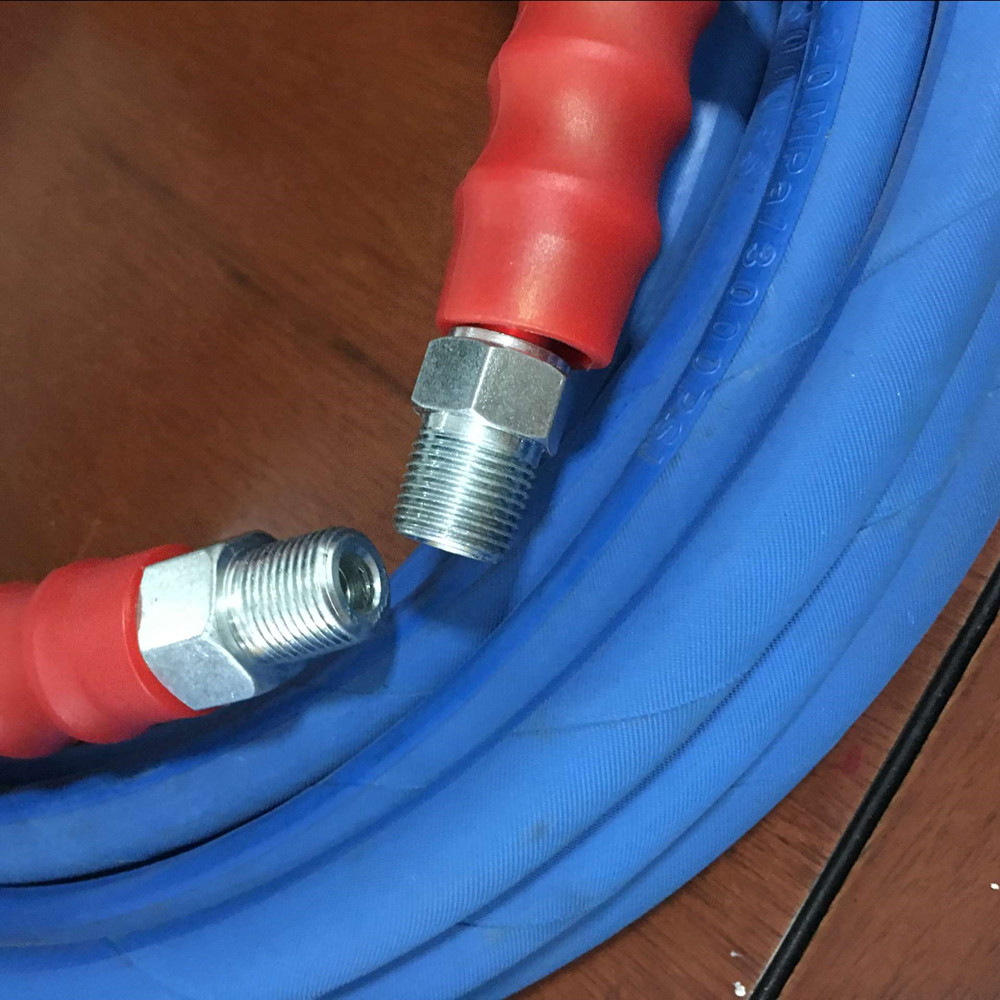335345435
Nov . 05, 2024 00:13 Back to list
hydraulic flexible hose fittings
Understanding Hydraulic Flexible Hose Fittings
Hydraulic flexible hose fittings are critical components in various industries, including manufacturing, construction, and automotive. These fittings connect hoses to equipment, ensuring fluid transfer and maintaining system integrity under pressure. Their design and functionality significantly influence the performance of hydraulic systems, making it essential to understand their types, applications, and maintenance.
Types of Hydraulic Flexible Hose Fittings
Hydraulic flexible hose fittings come in various types, each designed for specific applications. Common types include
1. Swivel Fittings These fittings can rotate while under pressure, allowing for flexibility in hose positioning without compromising the integrity of the connection. They are ideal for applications where movement is involved.
2. Fixed Fittings Unlike swivel fittings, fixed fittings do not allow for rotation. They provide a secure connection and are typically used in static applications where movement is minimal.
3. Reusable Fittings These fittings can be disassembled and reattached, making them a cost-effective solution for temporary or adjustable hydraulic systems. They provide versatility but require careful handling during installation and removal.
4. Permanent Fittings Designed for a one-time use, these fittings are crimped onto the hose, offering a robust and leak-proof connection. Permanent fittings are reliable for systems that experience high pressure and stress.
Applications of Hydraulic Flexible Hose Fittings
These fittings are widely used in various applications
hydraulic flexible hose fittings

- Construction Equipment Hydraulic hoses and fittings are integral to machinery such as excavators, bulldozers, and cranes, where they transfer hydraulic fluids to operate various components. - Agricultural Machinery Tractors and harvesters rely on hydraulic systems to power attachments and perform essential tasks. Reliable hose fittings are crucial for ensuring the consistent performance of these machines.
- Automotive Systems Hydraulic hose fittings are commonly found in brake systems and power steering components
. Proper fitting selection and maintenance can drastically improve safety and vehicle performance.Maintenance and Considerations
To ensure the longevity and reliability of hydraulic flexible hose fittings, regular maintenance is essential. Here are some key considerations
1. Inspection Regularly inspect fittings for signs of wear, corrosion, or damage. Ensure that the hoses are not kinked or bent excessively, as this can compromise their integrity.
2. Compatibility Ensure that the fittings are compatible with the hoses and the hydraulic fluids used in the system. Mismatched components can lead to leaks and system failures.
3. Installation Proper installation is crucial for the performance of hydraulic systems. Follow manufacturer guidelines to avoid cross-threading or over-tightening, which can damage fittings.
4. Replacement Replace any damaged or worn fittings promptly to prevent potential failures. It's often more cost-effective to replace a fitting than to deal with the consequences of a hydraulic failure.
In conclusion, hydraulic flexible hose fittings play an essential role in the functionality of hydraulic systems across various industries. Understanding their types, applications, and maintenance is crucial for ensuring safety and efficiency in operations. By paying attention to these components, industries can achieve reliable fluid transfer, thereby enhancing overall productivity and performance.
-
SAE 100 R17 Black Smooth Cover Hydraulic Hose
NewsMar.07,2025
-
SAE 100 R17 Black Smooth Cover Hydraulic Hose
NewsMar.07,2025
-
SAE 100 R17 Black Smooth Cover Hydraulic Hose
NewsMar.07,2025
-
SAE 100 R17 Black Smooth Cover Hydraulic Hose
NewsMar.07,2025
-
SAE 100 R17 Black Smooth Cover Hydraulic Hose
NewsMar.07,2025
-
steel wire braided hydraulic hose
NewsMar.07,2025



